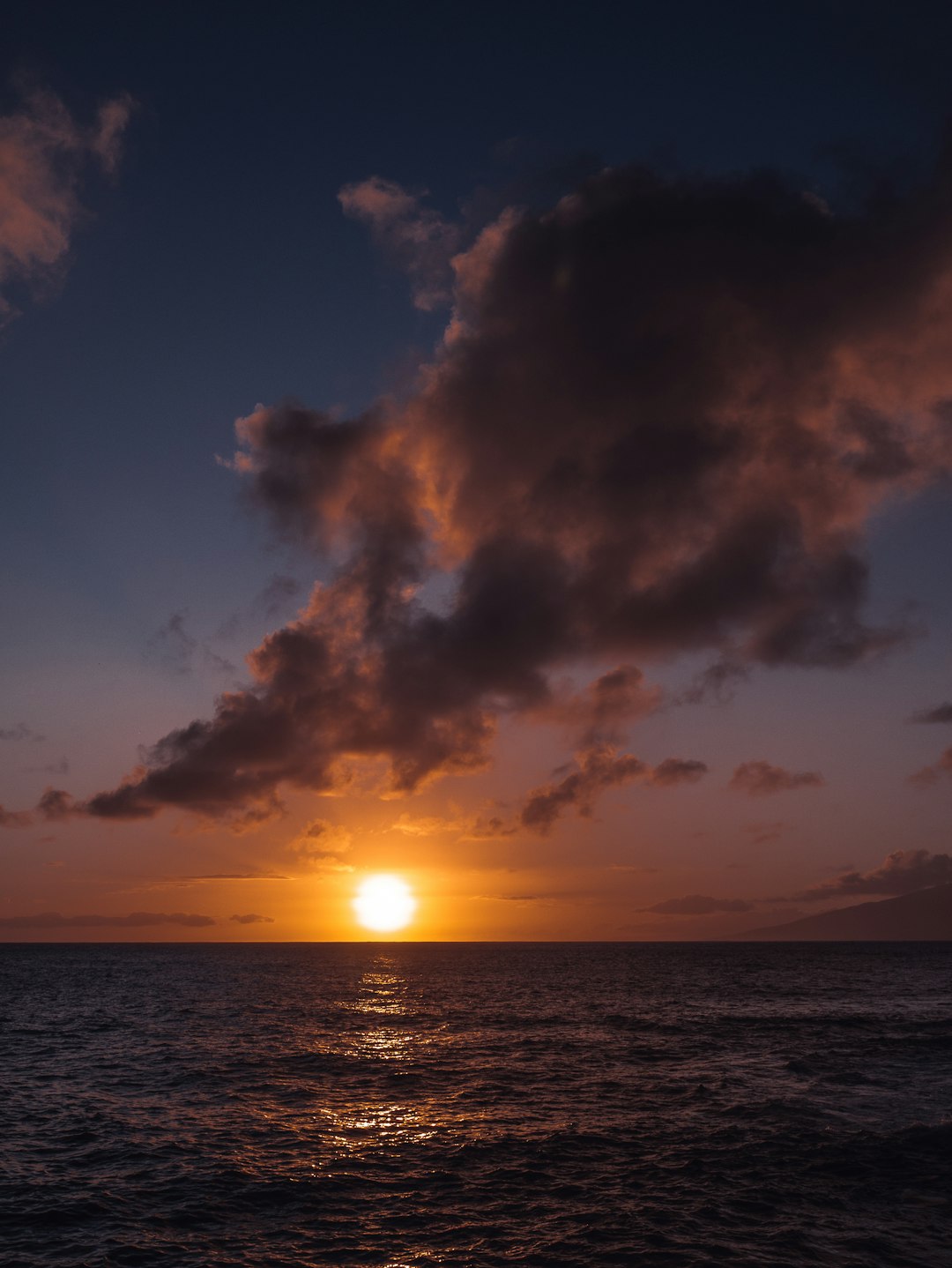Hawaii is known for its stunning beaches, lush landscapes, and warm hospitality. But one aspect of the Hawaiian experience that often goes overlooked is its unique and dynamic weather. Understanding Hawaii’s weather patterns is important for travelers and residents, from sunny days to occasional tropical storms. This article will look at Hawaii’s weather and how it makes the island beautiful.
Hawaiian Sunshine
by Andre Gaulin (https://unsplash.com/@andregaulin)
One of the most beloved aspects of Hawaii’s weather is its abundance of sunshine. The islands have a well-known great weather with sunny and warm days all year long. The pleasant weather in this area has established it as a renowned destination for exploration. Numerous individuals visit this place to relish the stunning coastlines and the sunny conditions. They derive great pleasure from leisurely spending time on the sandy beaches and feeling the delightful warmth of the sun on their skin. Moreover, these beautiful islands offer a great place for people who enjoy being outside. They have many exciting activities and breathtaking natural scenery that is unmatched.The sunshine in Hawaii makes the colors on the island look beautiful. The water is bright blue and the landscapes are lush and green. Hawaii gets around 271 days of sunshine each year. That’s why lots of people go there for a tropical vacation.
Hawaii Weather in June
June is a popular month for travelers to visit Hawaii, and for good reason. The weather in June is typically warm and sunny, with average temperatures ranging from 75-85 degrees Fahrenheit. But it’s important to remember that June is also when Hawaii’s hurricane season begins. The season lasts from June to November. Even though hurricanes don’t happen often in Hawaii, it’s really important to stay informed and ready for any bad weather.
Trade Winds
One of the most unique aspects of Hawaii’s weather is its trade winds. These steady winds blow from the northeast and are responsible for the cool and comfortable temperatures on the islands. The trade winds also bring in moisture from the ocean, creating the lush and green landscapes that Hawaii is known for. These winds are a crucial part of Hawaii’s weather and contribute to the island’s overall climate.
Microclimates
by Lo Sarno (https://unsplash.com/@lo_sarno)
Due to its diverse topography, Hawaii is home to a variety of microclimates. This means that various parts of the island can have very different weather. For example, the eastern side of the island tends to be wetter and cooler, while the western side is drier and warmer. The different types of weather on the island mean there are lots of things to do and enjoy. You can go for a walk in the rainforests or relax on the beaches when the sun is shining.
Volcanic Activity
Hawaii’s volcanic activity also plays a significant role in its weather patterns. The Big Island, also known as Hawaii Island, is home to the active Kilauea volcano. This volcano can affect the island’s weather, as it can produce volcanic fog, or “vog,” which can cause hazy conditions and poor air quality. But the volcano also helps make the island’s scenery special and lets visitors see how powerful nature can be.
Conclusion
Hawaii’s weather is a dynamic and ever-changing force that adds to the island’s charm and beauty. From the warm Hawaiian sunshine to the cool trade winds, understanding these weather patterns can enhance your experience on the islands.
If you’re going to Hawaii or you live there, make sure you take the time to understand and appreciate the special and ever-changing weather in this tropical paradise.

